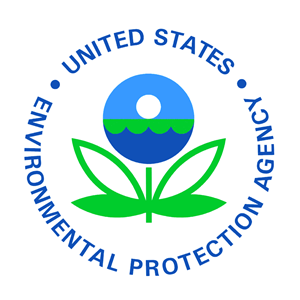As part of EPA’s mission to protect human health and the environment, the agency has completed a final risk evaluation for HBCD under the Toxic Substances Control Act (TSCA). In the final HBCD risk evaluation, EPA reviewed 12 conditions of use, including as a flame retardant in building materials, solder paste, recycled plastics, and automobile replacement parts.
The HBCD risk evaluation contains the agency’s final determinations on which conditions of use present unreasonable risks to human health or the environment based on a robust review of the scientific data. To prepare the final risk evaluation, EPA reviewed extensive scientific literature, conducted modeling and other risk assessment activities, and collected toxicity, exposure, and hazard information from many sources.
Releasing a final risk evaluation is the last step in the scientific evaluation process required by TSCA and will guide the agency’s efforts to reduce harmful human exposure to this chemical. EPA will now begin the process of developing ways to address the unreasonable risks identified and has up to one year to propose and take public comments on any risk management actions.


